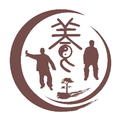From Qigong to Breathing Techniques
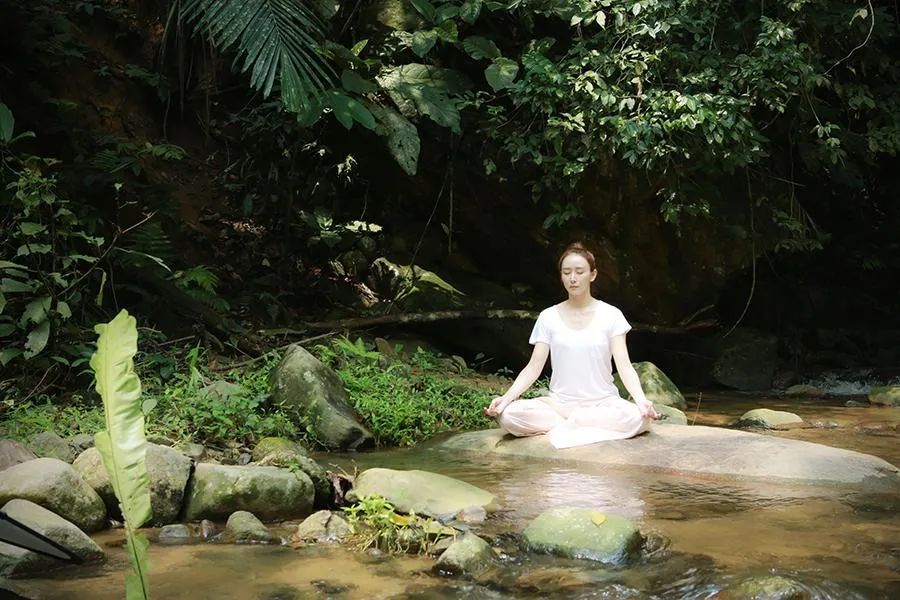
1. The Effects of Qigong
Qigong is said to trace back to the Tang Yao era, with the earliest references found in the Huangdi Neijing (Yellow Emperor’s Inner Canon), particularly in the Suwen (Plain Questions) section, which summarizes several effective medical measures of the time: Bian stone therapy, poisons, moxibustion (ruò), nine needles, and guiding exercises. Guiding exercises mainly refer to massage, while Qigong falls under this category. However, it wasn’t until the 1960s that Qigong became a popular term. Qigong is not a specific therapy for certain diseases but emphasizes internal causes, focusing on relaxation, calming the mind, concentrating on the Dantian, and regulating breath to improve bodily functions through a holistic self-therapy approach.
Qigong can be roughly divided into two categories based on posture: static and dynamic. The basic posture of static Qigong is sitting and standing, with sitting Qigong being a relatively simple foundational practice. Internal cultivation practices belong to sitting Qigong and are similar to the popular “Yin Shi Zi Jing Zuo Fa” (Sitting Quietly Method) during the Republic of China period. The texts discuss complex details on how to progress, enter tranquility, adjust breathing, and various precautions. However, after reviewing it several times, I grasped the key points: sit cross-legged, keep the chest upright, relax the body and mind, eliminate distractions, press the tongue against the palate, focus on the Dantian, and practice abdominal breathing. I began sitting quietly before bed each night, lying down when tired, and getting up to continue if I couldn’t sleep. Gradually, I began to feel warmth in the Dantian.

Insight 1: Gradual Progression and Urgent Learning
In many Qigong textbooks, “relaxation, tranquility, focus, and breath” should be a gradual process. One must first relax, slowly enter tranquility, and begin to focus before gradually adjusting the breath. The most challenging aspects of practicing Qigong are often the tranquility and focus stages, namely “unable to settle down and unable to maintain focus.” Whether standing or sitting, if one cannot remain still for a moment, a flurry of thoughts arises, and the mind wanders. Many people are reluctant to practice Qigong because they feel they cannot settle down. From my personal experience, I have never put much effort into the three stages of relaxation, tranquility, and focus. When I have time or need, I either sit or stand and quickly enter breath regulation. Regardless of how many distractions arise, I remain calm and composed, and whenever I become aware of it, I refocus. As long as I persist long enough, I will eventually enter tranquility to some extent, gradually producing therapeutic effects.
Upon carefully analyzing various practices, I believe the essence of their effectiveness lies in the breath therapy controlled by intention. In Qigong practice, breath and intention are often inseparable, or one could say Qigong is primarily a practice of controlling breath through intention. Qigong has three functions: adjusting the spirit (intention adjustment), adjusting the breath (breath adjustment), and adjusting the body (physical exercise), with spirit adjustment being the commander. Qigong mainly functions through the process or method of adjusting the spirit to cultivate intention, thereby adjusting the functions of the organs, enhancing Qi transformation, balancing Yin and Yang, harmonizing Qi and blood, unblocking meridians, and cultivating true Qi.
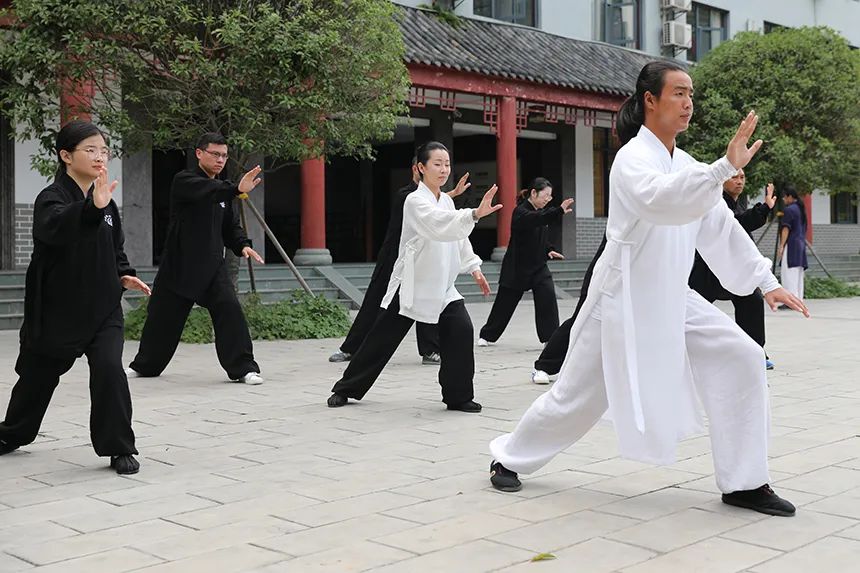
Insight 2: Differentiating Techniques and Movements
In the development of Qigong in China, there have been many schools, such as the Neidan school, the Cun Si school, the Daoyin school, and the Xing Qi school, all of which are now included under the Qigong umbrella, but each has significant differences. For example, movements at the distal ends of the limbs reflexively trigger the respiratory system’s movements, thereby initiating the flow of Qi within the body, which is a passive process called “Daoyin” (guiding). Hua Tuo’s “Five Animal Frolics” belongs to this category. In contrast, controlling the respiratory system’s movements through intention to direct the flow of Qi within the body is an active process called “Xing Qi” (active Qi movement) or “Tuna” (breath regulation). Various sitting and standing postures fall into this category. The Neidan school, originating from Taoist alchemical practices, serves as a precursor to the major and minor circulations, using the human body as a “cauldron” to refine essence and Qi into “elixirs.” Overall, Qigong is a broad and somewhat vague term; for instance, “Ba Duan Jin” (Eight Pieces of Brocade) is primarily a form of self-massage, and whether it qualifies as Qigong is debatable.
However, the common foundation of all these practices is breath. The reason it is collectively referred to as Qigong is that “Qi” is viewed as the carrier of breath. Some researchers argue that breath alone cannot encompass Qigong; Qigong practices should include three means: breath, posture, and intention. Without intention-controlled breath, it is merely natural breathing. In reality, various practices labeled as Qigong, despite possessing these three factors, have different dominant elements. Some primarily guide breath through posture, with intention as a supplement, such as in He Xian Zhuang; others primarily operate breath through intention, with posture as a supplement, such as in internal cultivation practices; or primarily focus on breath for health and disease prevention, with both posture and intention as supplements, such as in the Liu Zi Jue (Six Healing Sounds) exhalation method. Different combinations can be made based on various health and therapeutic goals. Generally speaking, a practice formed through long-term experience will have targeted movements. Practicing according to a routine may yield more comprehensive and lasting effects, but in specific treatments for ailments, one need not be rigidly bound to routines.
2. The Wonders of Breath
Every person’s first act upon birth is to inhale, and that loud cry is a declaration of life as air fills the lungs and enters the world. Conversely, the last act before one departs this life is to exhale that final breath, known as “Yin Qi” (the last breath). This inhalation and exhalation encapsulate a person’s entire life.
What causes disease? The Huangdi Neijing: Suwen states, “All diseases arise from Qi,” and “I have heard that ancient treatments involved transforming essence into Qi…” indicating that all human ailments are related to Qi, and the key to Qi is breath. In fact, in ancient times, breathing was the fundamental means of healing; our ancestors primarily relied on breath techniques for treatment.
Traditional Chinese Medicine (TCM) believes that Qi and blood fundamentally determine a person’s state of life, but Qi and blood are quite different. The movement of blood is a self-regulating behavior of the body, which can only be treated when issues arise. Qi, however, is different; breathing is a movement that can be subjectively regulated and controlled, so regulating Qi and blood should primarily focus on regulating Qi.
The famous Qing dynasty physician Wang Yingzhen stated, “Life and death depend on Qi; Qi is the source of all creation. If it is unregulated, there will be no end to illness. The place where Qi is unregulated is the root of disease; thus, treating illness should prioritize Qi.” Wherever Qi does not reach, or even if it reaches but is unregulated, illness will occur. What is the root of disease? Any place where Qi is unregulated will become a source of disease accumulation. Qi is not only the necessary driving force for the movement of essence, blood, and body fluids within us but also a crucial force for expelling disease sources and toxins.
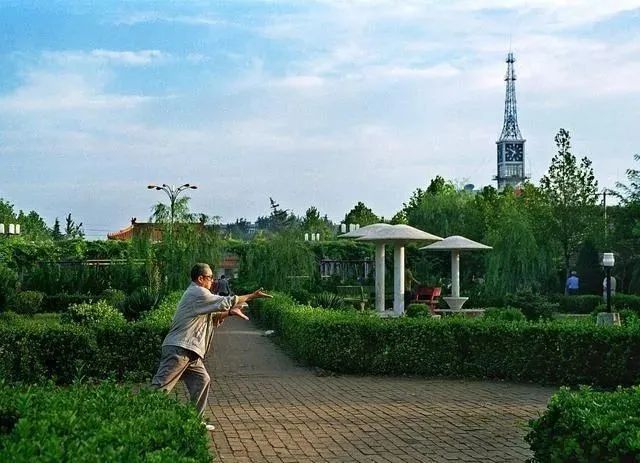
Insight 3: The Initiative of Intention Leading Qi
What is Qi? It is both blood vessels and meridians, as well as the information flow that sustains life (a contemporary term). When there is smooth flow, there is no pain; when there is pain, there is obstruction. It should be said that it goes beyond mere pain and non-pain; fundamentally, the smoothness of Qi and blood determines the condition of a specific area or the entire body, and adjusting breath to improve the smoothness of Qi and blood will yield significant effects.
Historically, Qigong primarily emphasized breathing methods, attempting to improve overall bodily conditions through breathing training to eliminate ailments. While effective, this approach is relatively slow and passive, akin to taking tonic medicine for chronic diseases. However, by incorporating intention to guide breath, a more proactive approach to disease emerges. The so-called obstruction can also be understood as pathogenic Qi; mobilizing intention to drive breath can expel pathogenic Qi and clear blockages.
The Song dynasty’s Sheng Ji Zong Lu records the “Using Intention and Qi to Attack Disease” method, stating, “In the past, there was a chronic illness; by using intention and Qi, the afflicted area would heal within three to five days. If there is an issue with the limbs, one can also visualize Qi attacking it, and the illness will disperse.” This method was referred to as “Yun Qi Fa” (Qi Movement Method) by Qing dynasty physicians.
Realizing this, all posture requirements and certain strict rules become mere means; the fundamental principle is to lead Qi with intention, allowing for standing, sitting, walking, or lying down. Qi and blood stagnation is not achieved in a day, so a short practice time naturally leads to low efficiency or ineffectiveness.

Insight 4: The Essence of All Methods is Breath
Sometimes I wonder, is the concept and practice of Qigong unique to China? Indeed, within the traditional cultural influence of China, the dissemination of Qigong has a long history, but many countries and ethnicities also have their own similar breathing health methods. In essence, Qigong is simply a breathing method; although it encompasses a myriad of practices and schools, it remains one of the world’s breathing health exercises. In ancient India, the emphasis on breathing for health was even greater than in China, and the popular yoga practice today is an important branch of ancient Indian breathing health. With a history of 5,000 years, yoga is primarily a self-contained philosophical thought system that promotes health through physical movement, breath regulation, mental and emotional control, and maintaining a healthy body, helping humanity fully realize its potential and achieve a harmonious unity of body, mind, and spirit. Yoga has become a widely practiced method of physical and mental exercise worldwide, and compared to Qigong, it is likely more philosophical and systematic. In 2014, the United Nations designated June 21 as International Yoga Day.
In fact, various types of breathing training courses exist worldwide, not only in health and religion but also as essential foundational content in many sports and vocal training. As a widely popular self-healing health method, biofeedback, meditation, Zen practice, and Orthodox Christian practices all place great emphasis on breathing training. Under certain conditions, the method of breathing can even be the practice itself. As breathing is indispensable for sustaining life, it can directly heal and resolve difficulties. Through orderly breathing training to achieve disease elimination and longevity is one of humanity’s primary self-healing methods since ancient times. Understanding Qigong from the perspective of breathing methods is an expansion of one’s realm, allowing for better learning and absorption.
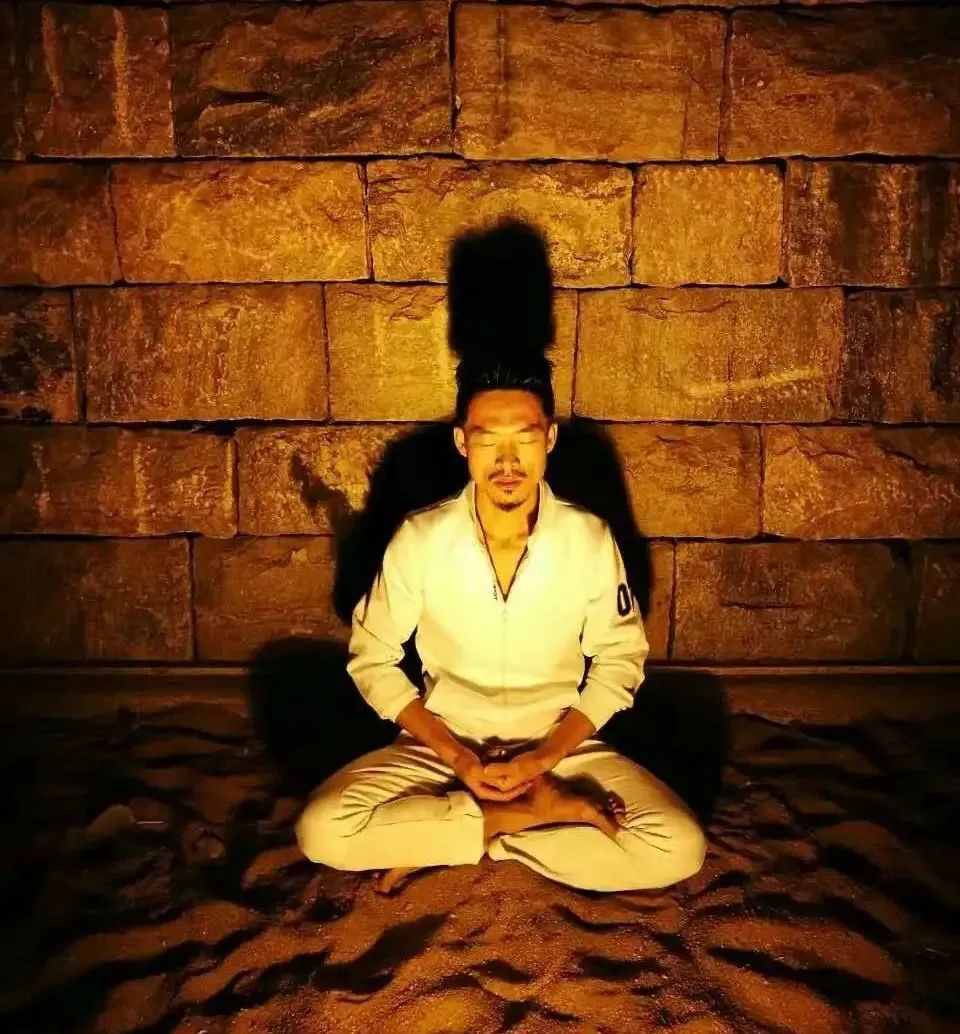
Insight 5: The Realm of Breath
Breath is a crucial key to health and an important method for mobilizing each person’s internal self-healing system. The human body has three major detoxification organs: skin, kidneys, and lungs, with most toxins needing to be expelled through the lungs via breathing. However, the average person only utilizes about 20% of their lung capacity. The deeper the practice, the more refined and prolonged the breath becomes, leading to increased bodily functions and significantly enhanced detoxification abilities. The Huangdi Neijing states that life depends on breath! By employing the correct breathing methods, at least 90% of diseases can be alleviated.
After reviewing various texts and practices, my understanding is that human breathing can be categorized into three realms: natural breathing, voluntary breathing, and effortless breathing. Natural breathing is the innate way of breathing, which may vary slightly among individuals but is generally similar; voluntary breathing is the actively controlled breathing method, which varies widely due to different techniques; effortless breathing is the voluntary breathing that has become integrated with oneself, with a common characteristic of not needing to be pursued consciously, resulting in a consistently refined and prolonged breath.
Currently, when I enter a practice state, my breathing can reach two times per minute or three times in two minutes. At this frequency, the breath is naturally refined and prolonged, making it easier to enter tranquility. Although I have not yet reached the realm of effortless breathing, it gradually influences my daily breathing to slow down.
3. The Essence of Practice
No matter which country’s or school’s health practice one engages in, being able to grasp the essence of breathing from it is a form of cognitive elevation. The seemingly simple act of inhaling and exhaling is, upon deeper exploration, profound.
For instance, how many methods of breathing are there? It is said that Indians have counted over 130 types, and China has at least 100. There is a saying that the length of each breath directly affects lifespan. Observations have noted the relationship between the breathing rates of different animals and humans and their lifespans. For example, chickens, ducks, and dogs breathe 32, 28, and 24 times per minute, corresponding to lifespans of about 12, 16, and 20 years, respectively; cows and elephants breathe 20 and 18 times per minute, with lifespans of about 32 and 60 years. The average human breathes about 14 to 18 times per minute, corresponding to a lifespan of approximately 60 to 80 years.
While this correlation may not be entirely accurate, if someone consistently breathes rapidly, unless they are suffering from illness, it is unlikely they will live long. In Taoist alchemy, breathing should be able to reach two times per minute, with a refined and prolonged breath, leading to higher levels of practice. Slowing down the breath is one of the keys to extending life; controlling breath through mental activity, known as intention breathing, transforms self-regulated breathing into consciously controlled breathing, representing a revolution in breathing.
Among all human actions, changing one’s breath is the simplest, most effective, and fundamental method. By changing breath and employing correct and effective breathing methods, one can change the body and spirit. When a new breathing method is practiced for an extended period, the body gradually adapts and forms a memory, making breathing naturally deeper and establishing a new, healthy breathing habit.
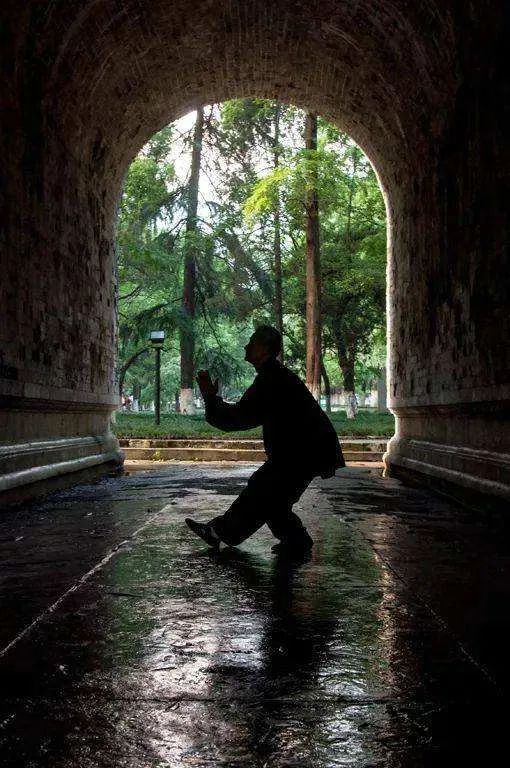
Insight 6: The Rules and Pursuits of Practice
This breathing method has indeed benefited me greatly, and I once felt quite proud of it. Later, I came across records stating that the great physician Tao Hongjing from the Southern and Northern Dynasties said in the Record of Nurturing Life and Extending Life, “In practicing Qi, to eliminate all diseases, one should focus on the afflicted area; if there is a headache, focus on the head; if there is pain in the feet, focus on the feet, and Qi will attack it.” I realized that this method has ancient origins. The Sui dynasty’s chief physician Chao Yuanfang provided a more specific method in the Discussion of Disease Sources and Symptoms, stating, “For treating limb pain and discomfort… calm the mind, harmonize the breath, do not think of other matters, focus on intention and Qi, slowly exhale through the mouth, and inhale through the nose into the throat, doing so gently and not hastily.” Although the method is simple, it is effective. However, upon reflection, there are still some issues that need to be resolved in practice, such as how to connect the exhalation from the mouth to the pain in the feet. My insight is to explore how to establish a pathway for expelling pathogenic Qi. Some refer to the direct treatment of pain through breathing as “proactive breathing methods”; my hypothesis about pathways at least has practical significance. Finding a pathway to expel pathogenic Qi is a process that each person determines based on their specific ailments and progress through continuous experimentation, which can be seen as a dialogue with the body.
Looking at various breathing methods worldwide, the commonality lies in the three elements of breath, posture, and intention, with no essential differences, but the goals pursued vary.
In Japan, there is a Dantian breathing therapy association that requires practitioners to perform ten deep breaths every morning, concentrating their awareness on the Dantian, increasing abdominal pressure, and stimulating the activity of internal organs through long inhalations and exhalations, which can enhance immunity, ward off external evils, and promote internal self-repair.
The International Life Breathing Course is a significant breathing spiritual group that has representatives at the United Nations to promote breathing courses. The main content of this course is breathing training combined with psychological counseling, requiring practitioners to learn to grasp the rhythm of deep and slow breathing, focusing their intention on the tip of the nose.
Unlike traditional Qigong, which focuses on the Dantian, many recent breathing trainings emphasize focusing on the tip of the nose. It is believed that among all the muscles in the body, only the muscles at the tip of the nose can lead and adjust all other muscles sequentially, and this adjustment is not achieved through nerves but through the impetus of Qi, thus achieving a unique regulation. When attention is concentrated on the tip of the nose, breathing is the deepest, allowing Qi to circulate throughout the body.
Practices are merely a set of rules; postures or movements are superficial aspects. It must be recognized that the highest realm pursued by breathing methods still lies in entering tranquility. The depth and speed of entering tranquility are important abilities for the body to adjust. Truly effective practices are often very simple but difficult to master; the limited effectiveness may stem from an inability to settle down. For example, the health-promoting Zhuang (standing post) is simple and easy to learn but few can stand for an hour a day. When practice reaches a state of tranquility, one can not only subjectively feel those extremely comfortable psychological effects but also experience many objective changes in the body, resulting in positive physiological effects that can manifest across various systems.

Insight 7: Self-Dialogue with the Body
The ancient Greek physician Hippocrates said, “The best doctor for the patient is himself.” Modern medical research shows that the human body possesses a self-healing system primarily based on the immune, nervous, and endocrine systems. Throughout human history, the time spent with doctors is negligible; humanity has primarily relied on this self-healing power to survive and reproduce in a constantly changing natural environment. Self-healing is the body’s mechanism for self-repair and disease resistance, and it is the foundation for recovering from all diseases. Regardless of how advanced today’s medicine is, the innate self-healing power of humanity plays a crucial role in the recovery process from illness. What we need to understand deeply is how to maximize and quickly mobilize the body’s self-healing ability.
Self-healing is certainly not omnipotent; each person’s constitution varies, and self-healing abilities differ. To some extent, medicine exists to assist the body’s self-healing in treating diseases, as “the first principle of therapy is to utilize self-healing power.” When the body’s self-healing ability declines, diseases and aging occur, so enhancing the body’s self-healing power is key to disease recovery. Research indicates that by paying attention to nurturing and improving lifestyle habits, 60% to 70% of diseases can self-heal. Physical exercise, adequate rest, improved nutrition, eliminating bad habits, and maintaining a positive mood are all effective ways to enhance self-healing power. Both Qigong and breathing methods not only enhance self-healing power but, more importantly, mobilize it. Humans can change their physiological and pathological states through self-control and self-adjustment, achieving the goals of healing and strengthening the body, primarily through influencing the internal psychological-physiological-morphological response mechanisms, which is the basic mechanism of self-healing. The efficacy of breathing methods mainly lies in developing and utilizing the body’s internal self-regulatory mechanisms.
When the body’s self-healing ability declines, pain arises, and we typically seek medical attention. When doctors understand the condition, Western medicine relies on various tests, while TCM primarily uses observation, listening, inquiry, and palpation. This process is a dialogue with the patient’s body in different ways, and the controllability and perceptibility of breath provide us with an important avenue for self-dialogue with the body. Which breathing method can alleviate specific discomforts? What changes occur in the body during practice? What practices or movements should be adjusted? We can directly feel and respond in real-time. Establishing this self-feedback mechanism will bring us many new experiences.
Conclusion: The Path of Qi
“Qi Yun” (Qi movement) is a concept in traditional Chinese culture that carries a mystical connotation, often related to fate. “Qi Shu” (Qi number) is a core idea within Qi movement. Throughout a person’s life, the use of organs and functions is limited, but this limit can be rich in variations. The number of breaths is also like this; thus, interpretations of the so-called “Qi number” sometimes include the total number of breaths taken in a lifetime. “In life, Qi gathers. When gathered, there is life; when dispersed, there is death. Hence, it is said that all Qi in the world is one” (from Zhuangzi: Knowing the North). Qi number is a change, but also a necessity. Qi reaches everywhere; when the Qi number is exhausted, there is no way to recover.
Life cannot be recklessly measured; Qi movement follows its own path. No matter how profound one’s practice or extraordinary abilities may be, they are not necessarily related to Qi number. What we can pursue is only the quality of life. Whether it is Qigong or breathing methods, they are merely a more quality way of living that we should strive to master.
Source:Modern Health, November 2021

From here
Understanding Medical Qigong
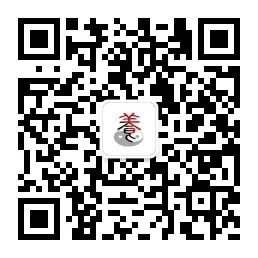
Beidaihe TCM Qigong

